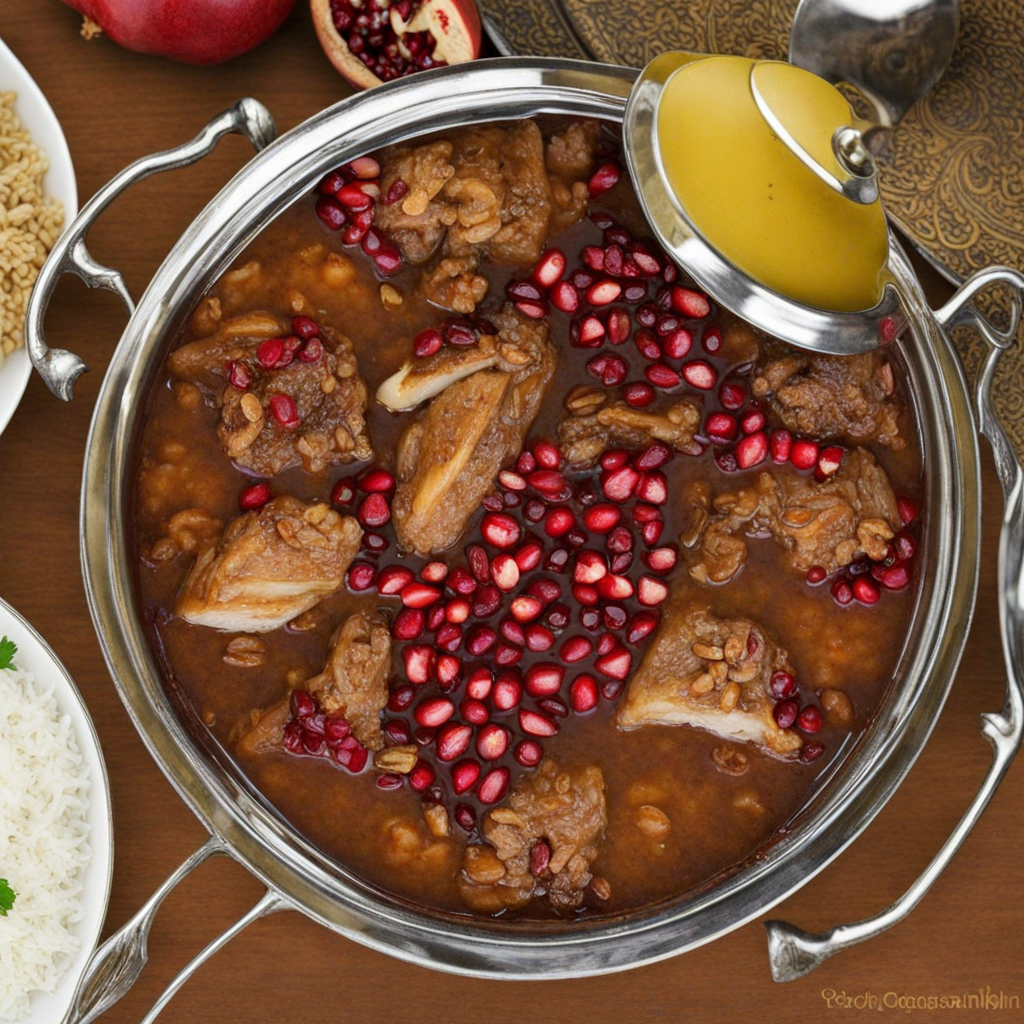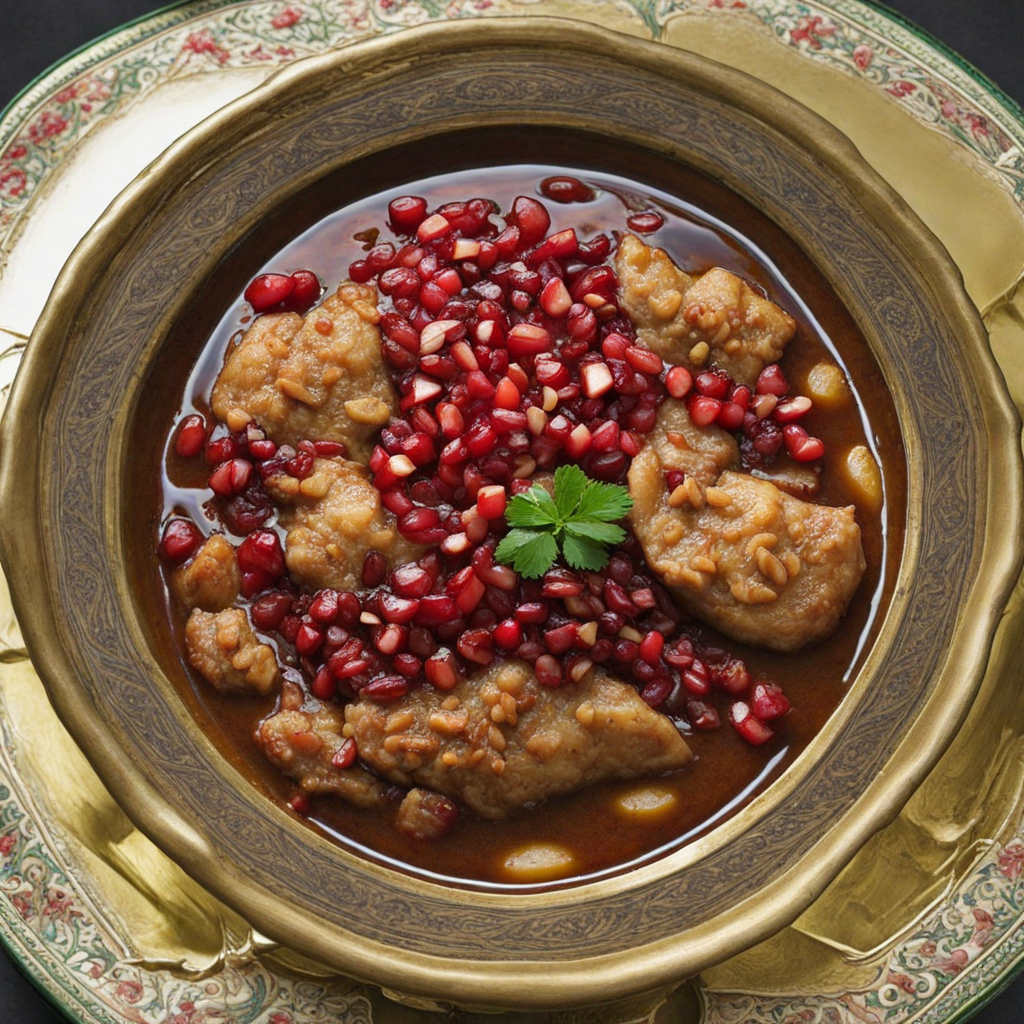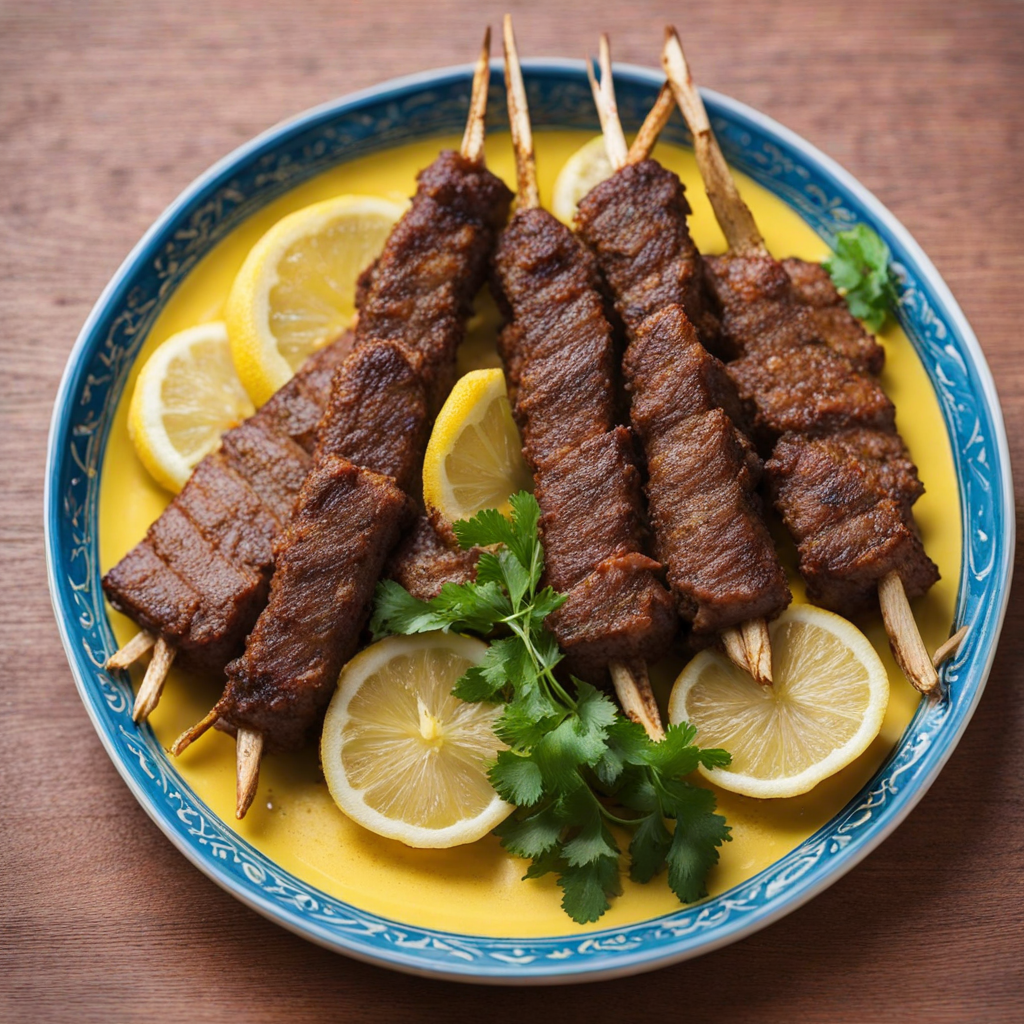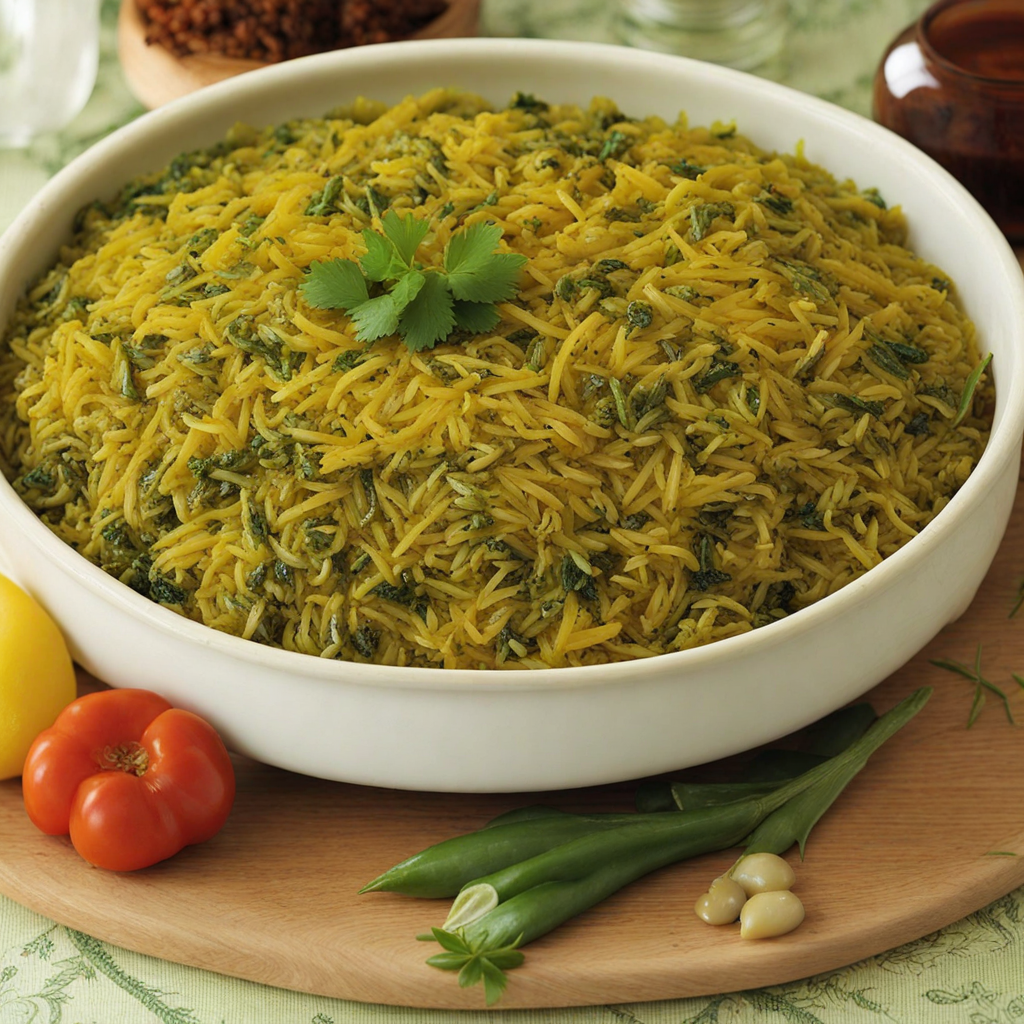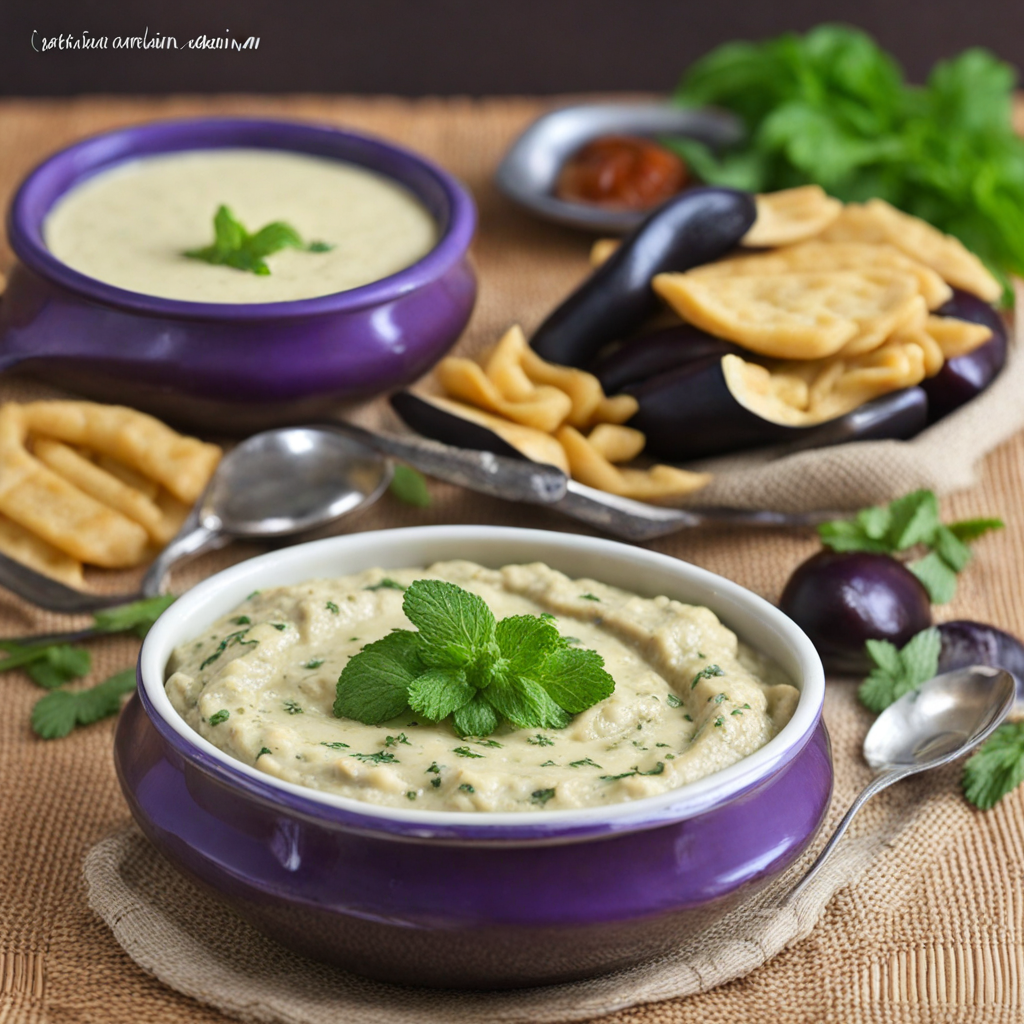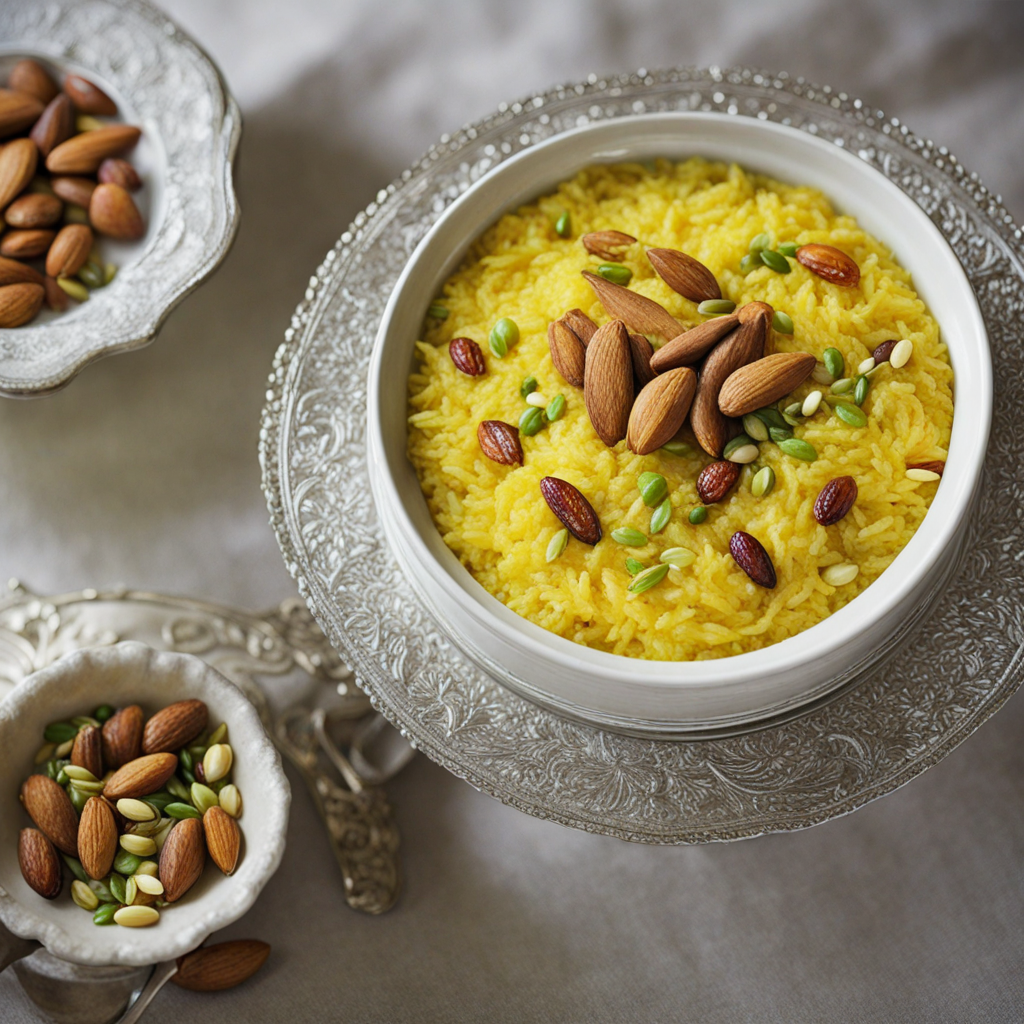Fesenjan
فسنجان (Fesenjan) is a traditional Iranian dish that embodies the rich culinary heritage of the country. It is often regarded as a celebratory meal, associated with special occasions and festive gatherings. Fesenjan is a thick, stew-like dish that typically features duck or chicken, simmered in a luxurious sauce made from ground walnuts and pomegranate molasses. This dish is a quintessential representation of Persian cuisine, showcasing the intricate balance of flavors that characterize the region’s cooking. The history of Fesenjan dates back to ancient Persia, where it was enjoyed by royalty and commoners alike. The dish is believed to have roots in the Achaemenid Empire, with references to similar recipes found in classical Persian literature. Over the centuries, Fesenjan has evolved, adapting to regional tastes and available ingredients. Today, it is commonly served at weddings, family gatherings, and during the Persian New Year (Nowruz), symbolizing abundance and prosperity. Fesenjan is celebrated for its complex flavor profile, which masterfully combines sweet, sour, and savory elements. The walnuts provide a rich, nutty base, while the pomegranate molasses introduces a tart sweetness that elevates the dish. The slow-cooked meat absorbs the flavors of the sauce, resulting in tender and succulent bites. The addition of spices such as cinnamon, turmeric, and sometimes cardamom can enhance the dish's aromatic qualities, creating a warm and inviting aroma that beckons diners to the table. Preparation of F
How It Became This Dish
Origin of Fesenjan Fesenjan, known in Persian as فسنجان, is a rich and flavorful stew that holds a special place in Iranian cuisine. Its origins can be traced back to ancient Persia, where it was likely enjoyed by the nobility. The dish is believed to have roots in the region of Gilan, located along the Caspian Sea, which has a long history of agricultural abundance. The area’s fertile lands allowed for the cultivation of various ingredients that define Fesenjan, particularly walnuts and pomegranates. These two key components not only impart a distinct flavor but also symbolize the agricultural heritage of the region. The earliest mentions of Fesenjan can be found in Persian literature, where it is often associated with festive occasions and royal feasts. The use of pomegranate, in particular, has deep cultural significance in Persia, often representing fertility, abundance, and the cycle of life. The combination of pomegranate and walnuts in Fesenjan creates a unique balance of sweet and tangy flavors, making it a beloved dish across generations. \n\n Cultural Significance Fesenjan is more than just a dish; it is a cultural emblem that reflects the rich tapestry of Iranian culinary traditions. Traditionally, it has been served at significant family gatherings and celebrations, including weddings and religious holidays like Yalda Night, which celebrates the winter solstice. The preparation of Fesenjan is often a communal activity, bringing families together to share stories and food, reinforcing social bonds and cultural identity. In Iranian culture, food is intertwined with hospitality and generosity. Serving Fesenjan to guests signifies respect and honor. The dish is often accompanied by saffron-infused rice, symbolizing purity and prosperity. The act of sharing a meal is deeply rooted in Persian customs, and Fesenjan embodies this ethos, as it is a dish meant to be enjoyed collectively. \n\n Ingredients and Preparation The basic ingredients for Fesenjan include ground walnuts, pomegranate molasses, chicken or duck, and a variety of spices. The walnuts provide a nutty richness, while the pomegranate molasses adds a sweet and tart depth, essential to achieving the dish's characteristic flavor. The preparation of Fesenjan involves slow-cooking the meat until tender, allowing the flavors to meld beautifully. The walnuts are usually ground into a paste and cooked until they release their oils, creating a luscious base for the stew. The addition of spices such as turmeric and cinnamon enhances the complexity of the dish, reflecting the Persian penchant for aromatic flavors. Some variations of Fesenjan include the use of meatballs or even vegetarian alternatives, showcasing its adaptability to different dietary preferences. This flexibility has allowed Fesenjan to remain relevant in contemporary Iranian kitchens while still paying homage to its ancient roots. \n\n Regional Variations As with many traditional dishes, Fesenjan has inspired regional variations across Iran and beyond. In the northern provinces, where seafood is more prevalent, some cooks have substituted fish for poultry, creating a lighter version that still retains the signature flavors of the original. In contrast, other areas may experiment with different nuts or add additional ingredients like saffron or herbs, resulting in unique interpretations of the classic stew. Internationally, Fesenjan has gained recognition as a staple of Persian cuisine, often served in Iranian restaurants around the world. Its rich history and complex flavors have made it a favorite among food enthusiasts who appreciate cultural and culinary diversity. The dish has become a symbol of Iranian hospitality, inviting people from various backgrounds to experience the warmth and richness of Persian culture. \n\n The Evolution of Fesenjan Over time, Fesenjan has evolved alongside Iranian society and its diaspora. In modern times, the dish reflects a blend of tradition and innovation, adapting to contemporary tastes while maintaining its historical essence. With the rise of global food trends, many chefs have begun to reinterpret Fesenjan, incorporating elements from other culinary traditions or presenting it in a more contemporary style. Despite these adaptations, the essence of Fesenjan remains intact. Home cooks continue to cherish their family recipes, often passed down through generations, which serve as a connection to their heritage. This deep-rooted tradition ensures that Fesenjan not only survives but thrives in the ever-changing landscape of global cuisine. \n\n Fesenjan in Popular Culture Fesenjan has also made its mark in popular culture, appearing in literature, art, and even film. The dish is often referenced in Persian poetry, celebrated for its flavors and the emotions it evokes. In contemporary Iranian cinema, Fesenjan can be seen as a significant element in family gatherings, symbolizing unity and love. This portrayal reinforces its status as a cultural icon, transcending mere sustenance to become a representation of the Persian way of life. As Iranian communities continue to spread across the globe, Fesenjan serves as a culinary ambassador, introducing people to the flavors of Iran. Food festivals, cooking classes, and cultural events often showcase Fesenjan, helping to bridge cultural gaps and foster understanding through shared culinary experiences. \n\n Conclusion In summary, Fesenjan is a dish steeped in history, rich in flavor, and deeply woven into the cultural fabric of Iran. From its origins in ancient Persia to its modern adaptations, Fesenjan has remained a cherished symbol of Iranian hospitality and tradition. As it continues to evolve, this remarkable stew not only tells the story of its past but also offers a glimpse into the future of Iranian cuisine, inviting everyone to partake in its delicious narrative.
You may like
Discover local flavors from Iran


